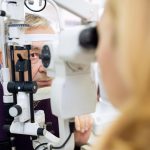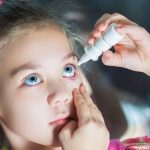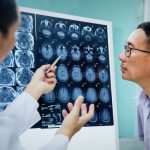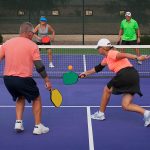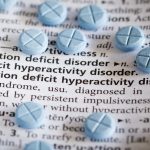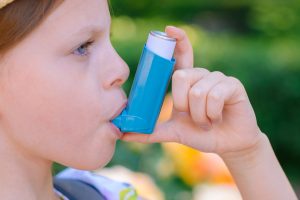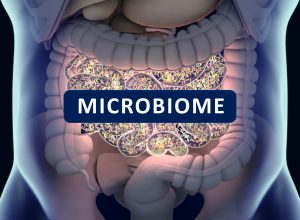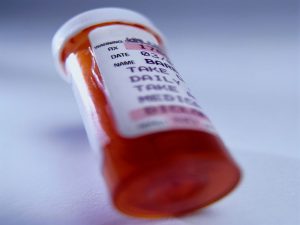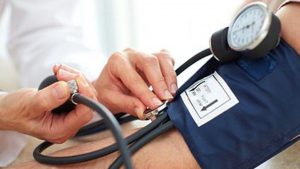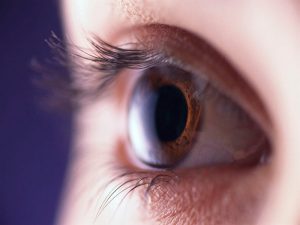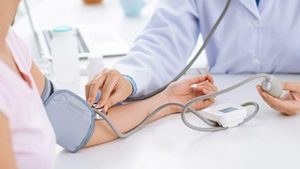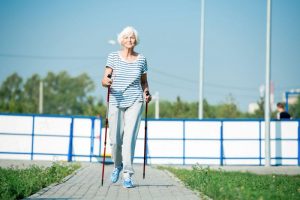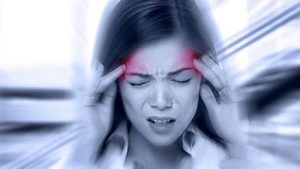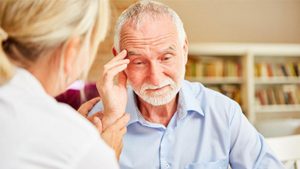
Dermatologist Dr. Caroline Opene is often asked if certain types of sun blocks are better for people with darker skin. Not necessarily, says the director of the University of California, Los Angeles (UCLA) Health Skin of Color clinic. “In general, the best sunscreen is the one you put on consistently,” Opene said in a UCLA Health news release. “While I recommend a broad-spectrum sunscreen with SPF 30 or higher for everyone, there are options: mineral sunscreens made with zinc oxide or titanium dioxide may be better for those with sensitive skin, and young children. Zinc oxide also provides good UVA protection, so I tend to recommend it to those prone to hyperpigmentation,” she added. But these mineral sunscreens can sometimes leave an undesirable white cast on people with darker skin tones, Opene noted. “While chemical sunscreens usually don’t leave a cast, they can be irritating to those with sensitive skin or allergies. So for my patients with darker skin tones, I frequently recommend hybrid sunscreens, with both chemical and mineral filters for protection and improved blendability,” Opene said. Melanin, the dark pigment in skin, provides some protection against the sun’s harmful rays, but not as much as people tend to think, Opene said. “Those with medium to darker skin tones usually develop fewer pre-cancerous growths and have later onset of wrinkles that are due to… read on > read on >










